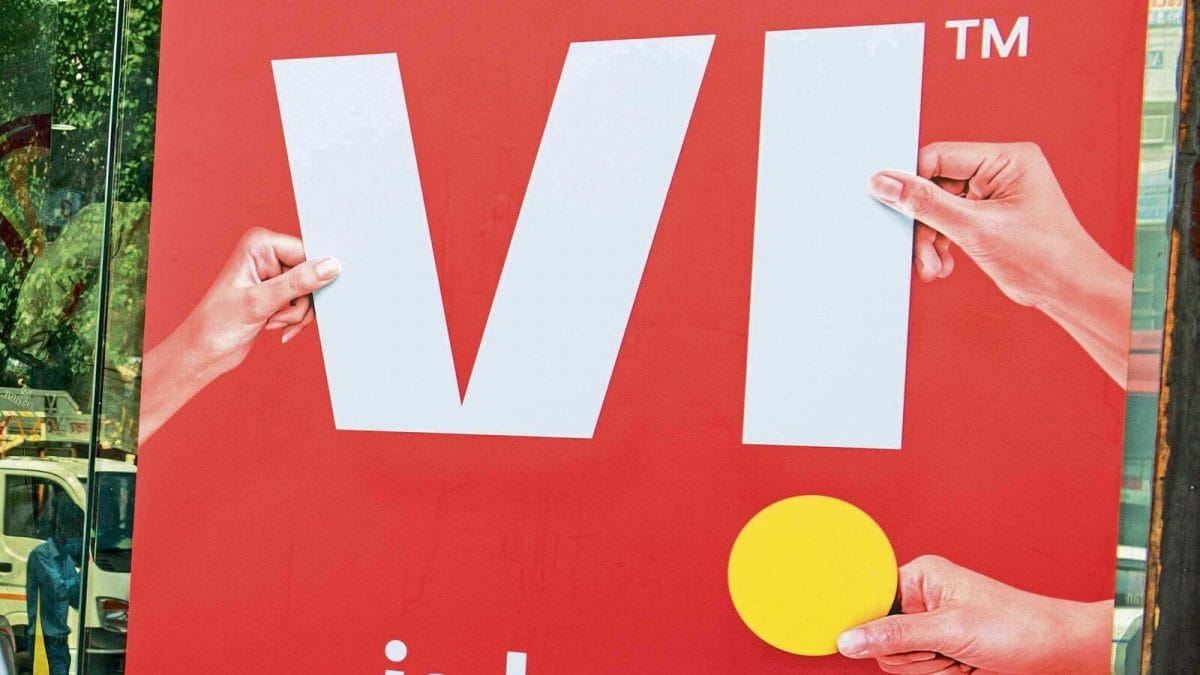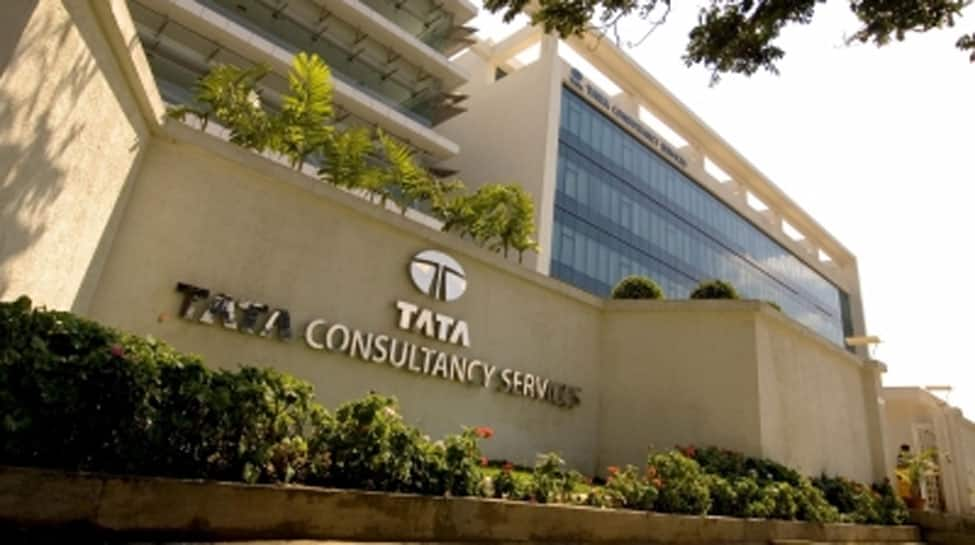As some long-entrenched firms leave, new players move in, drawn by signs of economic recovery and growth
Also likely to levy income tax on companies suffering gross losses. PHOTO: NASDAQ
ISLAMABAD:
“All happy families are alike; every unhappy family is unhappy in its own way.” Leo Tolstoy
Procter & Gamble’s exit from Pakistan has reignited debate over the country’s business climate. Many view it as part of a broader trend of multinational companies leaving amid mounting economic challenges. Analysts have pointed to high corporate taxes, restrictions on profit repatriation, and a cumbersome regulatory environment as key reasons. But the story is more complex.
Over the past four years, nine multinational companies have exited or divested their operations in Pakistan. Four of these were manufacturers – three pharmaceutical firms (Pfizer, Sanofi-Aventis, and Eli Lilly) and one consumer goods company (P&G). The remaining were service-sector players such as Shell, Total, Telenor, and Uber/Careem. The pharmaceutical sector has seen the most exodus; though this is not new. Three decades ago, 48 multinational drug companies operated in Pakistan. Today, fewer than half remain. Most have gradually divested, transferring operations or product registrations to local firms that now command over two-thirds of the domestic market.
Price controls and rigid regulations have made it harder for global firms to operate profitably, while local players have grown stronger, more agile, and more competitive.
P&G’s decision appears to reflect its global priorities more than Pakistan’s domestic conditions. Its strategy now centres on manufacturing in major markets like the United States, Europe, Greater China, and India, while exiting relatively smaller markets including Nigeria, Argentina, Bangladesh, Kenya, and others in Latin America.
In the services sector, exits also reflect broader global restructuring rather than a loss of investor confidence. Shell’s sale of its Pakistan operations to Saudi-based Wafi Energy aligns with its strategy to exit retail fuel businesses in several countries. Telenor’s decision, taken in 2022, is part of a move to focus on a smaller set of core markets. Uber and Careem have yielded market share to more affordable competitors such as InDrive and Yango. As some long-entrenched firms leave, new players are moving in, drawn by signs of economic recovery and growth. China’s Challenge Group is investing $150 million in Punjab to develop a high-tech textile zone expected to generate 18,000 jobs and an estimated $100 million in apparel exports.
Consumer healthcare multinational company Haleon is expanding its Jamshoro facility, positioning Pakistan as a regional manufacturing hub and targeting a sizeable part of production for export. Belarus plans to set up a tractor manufacturing joint venture in Balochistan.
In the financial sector, the sale of First Women Bank Limited marks the first successful privatisation in two decades. Though a small transaction, the acquisition by a multibillion UAE investment holding company signals growing investor interest as it explores more opportunities in Pakistan. UAE’s Mashreq Bank is also investing $100 million, aiming to expand financial access for the unbanked and establish Pakistan as a back-office hub for its global operations.
The largest new wave of investment is expected from China as both countries resume work on the long-delayed second phase of CPEC. New investments amounting to $8.5 billion, including $1.5 billion in joint ventures, have recently been finalised, targeting key sectors such as agriculture, renewable energy, electric vehicles, healthcare, steel, and other emerging industries.
It is essential that these new investments do not repeat the old import-substitution model pursued by many existing companies. Instead, they should emulate the example of the Chinese-Pakistani joint venture, Service Long March (SLM) Tyres, which has successfully captured most of the domestic market once dominated by smuggled goods and is now exporting tyres worth $100 million annually, mostly to the United States.
The real challenge for policymakers is to identify and replicate such success stories. Pakistan hosts over 200 multinational companies that play a vital role in driving commerce and industry and contribute more than one-third of the FBR’s total tax collection. Yet, despite this significant presence, their export footprint remains negligible, even as they repatriate over $1.5 billion in profits annually.
In contrast, multinationals operating in other developing countries are far more outward-looking, focused on global markets, earning substantial foreign exchange, and contributing to export growth rather than relying primarily on domestic sales.
The recent reforms to Pakistan’s trade and tariff policies offer an opportunity to shift towards export-led growth, and multinationals can and should play a central role in that transition, as they have elsewhere.
The era of special concessions through SROs and high tariff protection is drawing to a close. Companies can no longer afford to depend on importing components at low duties, assembling them, and selling locally at high margins in a highly protected market.
To remain relevant and competitive, they must break this cycle of dependency and embrace an export-oriented strategy, one that rewards efficiency, innovation, and global competitiveness. This is precisely how the East Asian economies transformed their industrial landscapes and achieved lasting prosperity. By following similar policies, Pakistan can do the same.
The writer is a member of the steering committee overseeing the implementation of the National Tariff Policy 2025-30. He has previously served as Pakistan’s ambassador to the WTO and FAO’s representative to the United Nations





